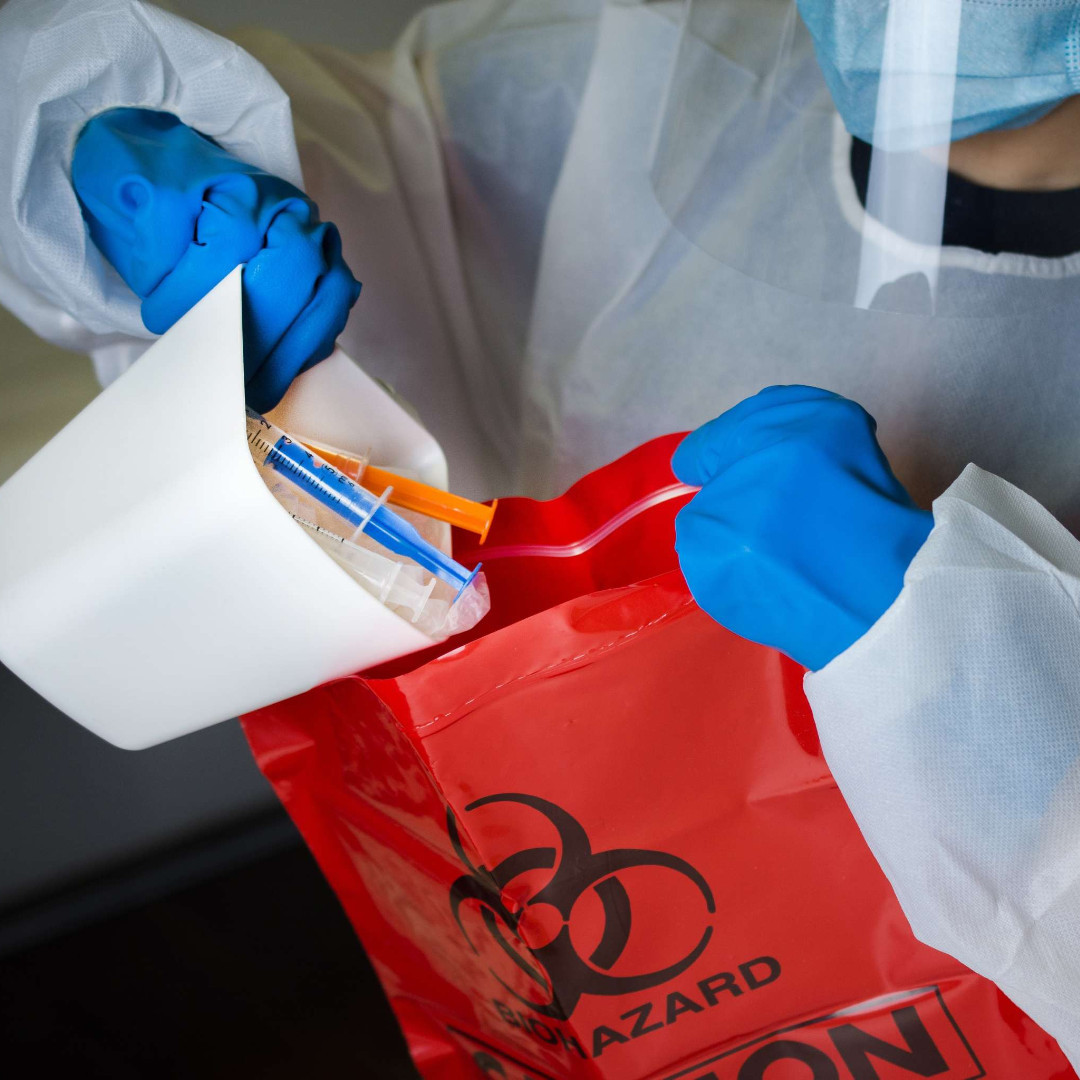This post, Sharps Injuries – Providers face new reporting requirements, first appeared on http://www.repertoiremag.com/.
Under the Federal Occupational Safety and Health Act, employers must provide their workers with worksites free of recognized serious hazards. To that end, OSHA has for decades required employers to keep track of their workers’ injuries and illnesses by recording them in what is often called an “OSHA log.”
But under a final rule that became effective January 1, 2017, OSHA now requires that some of this recorded information be submitted to OSHA electronically for posting to the OSHA website. OSHA hopes that releasing the data in standard, open formats will:
- Encourage employers to increase their efforts to prevent worker injuries and illnesses, and, “compelled by their competitive spirit, race to the top in terms of worker safety.”
- Enable researchers to examine these data in ways that may help employers make their workplaces safer and healthier and may also help to identify new workplace safety hazards before they become widespread.
In addition, the final rule includes provisions that encourage workers to report work-related injuries or illnesses – including sharps injuries – to their employers, and prohibits employers from retaliating against workers for making those reports.
“[B]ehavioral science suggests that public disclosure of the data will ‘nudge’ employers to reduce work-related injuries and illnesses in order to demonstrate to investors, job seekers, customers, and the broader public that their workplaces provide safe and healthy work environments for their employees,” says OSHA on its website. “Currently, employers cannot compare their injury experience with other businesses in their industry; they can only compare their experience with their industry as a whole. Access to establishment-specific data will enable employers to benchmark their safety and health performance against industry leaders, encouraging them to improve their safety programs.”
More data needed
“Since OSHA hasn’t yet released its electronic reporting portal for uploading forms, it’s hard to tell if this will be easy or take some time” for providers to comply with the new reporting requirements,” said Amber Mitchell, DrPH, MPH, CPH, International Safety Center president and executive director. As of press time, the majority of providers with whom she had spoken were uncertain of the impact the new requirements would have on them.
“As long-time occupational health practitioners, we are happy about [the new reporting rule], since current national estimates of all injuries and illnesses are gravely under-reported with no federal reporting requirement in place,” she says. “Without data, we don’t have resources available to adequately protect working Americans. We know what affects our patients, and we have essentially no idea how caring for patients affects our healthcare worker population. This isn’t right, or fair.”
The nonprofit International Healthcare Worker Safety Center, originally housed at theUniversity of Virginia, focuses on collecting and analyzing data that identifies healthcare worker safety hazards. The Center conducts epidemiological research, surveillance, and outreach on sharps injuries, needlesticks, blood, and body fluid exposures. Its work is fueled in part by its free occupational injury and exposure surveillance tool – the Exposure Prevention Information Network (EPINet®).
SUBHEAD: The OSHA log
Employers have been required to keep an Occupational Injury and Illness Log ever since the OSHA Recordkeeping Rule (29 CFR 1904) was implemented in the early 1990s. Traditionally, the logs have been requested by OSHA Compliance Safety and Health Officers (CSHOs) during OSHA inspections, or by the Bureau of Labor Statistics in the course of surveying a particular industry.
OSHA says that the logs protect both employers and employees by:
- Identifying which high-risk hazards need focus based on the number and severity of injuries or illnesses recorded.
- Identifying which job functions or tasks result in an undue number of injuries or illnesses, so they can be addressed through training, controls, etc.
- Identifying successes (or failures) year after year to determine how controls or interventions are working to prevent exposures.
- Acting as a form of new-employee recruitment and retention to showcase a safer workplace.
- Keeping track of workers compensation or other insurance cases.
Both the OSHA Recordkeeping Rule and the Bloodborne Pathogens Standard (29 CFR 1910.1030) require that employers record all work-related needlestick injuries and cuts from sharp objects that are contaminated with another person’s blood or other potentially infectious material. In addition, a blood or body fluid exposure that touches non-intact skin and requires medical treatment is also recordable. These incidents must be kept in a Sharps Injury Log, in addition to being captured in the OSHA 300 Log of Work-Related Injuries and Illnesses.
Since keeping both the OSHA 300 and Sharps Injury Logs are already required, providers shouldn’t incur any additional costs associated with the new reporting requirement, says OSHA. Though OSHA has yet to set up its electronic reporting portal, when it does, it will likely be a simple upload function, according to the agency.
SUBHEAD: Electronic submission requirements
The new electronic reporting requirement applies to the following:
- Workplaces with 250 or more employees that are currently required to keep records from OSHA Forms 300 (Log of Work-Related Injuries and Illnesses), 300A (Summary of Work-Related Injuries and Illnesses), and 301 (Injury and Illness Incident Report.)
- Workplaces with 20-249 employees that are classified in certain industries (including healthcare) with historically high rates of occupational injuries and illnesses.
Beginning in 2019, the submission deadline will be changed from July 1 to March 2. The electronic submission requirements do not change an employer’s obligation to complete and retain injury and illness records.
OSHA will post on its public website (www.osha.gov) establishment-specific injury and illness data it collects under the new rule. The agency says it will remove any personally identifiable information before the data are released to the public. States that operate their own job safety and health programs, also called OSHA State Plan states, must adopt requirements that are substantially identical to the requirements in this rule within six months after publication of the final rule.
For FAQs about the new reporting rule, go to https://www.osha.gov/recordkeeping/finalrule/finalrule_faq.html
This post, Sharps Injuries – Providers face new reporting requirements, first appeared on http://www.repertoiremag.com/.











